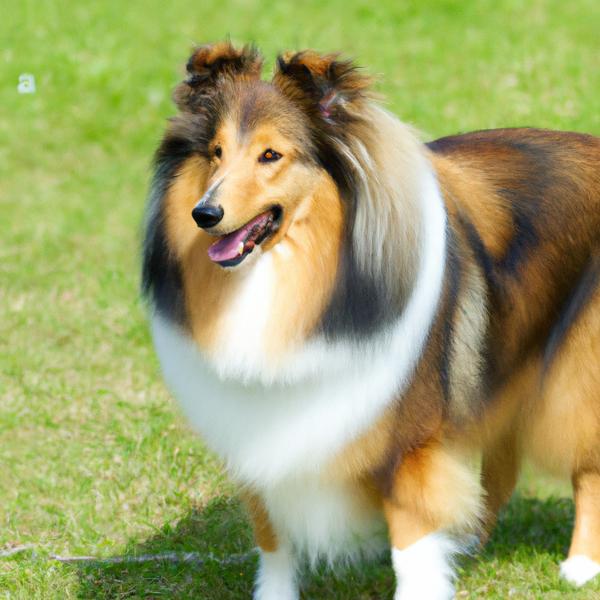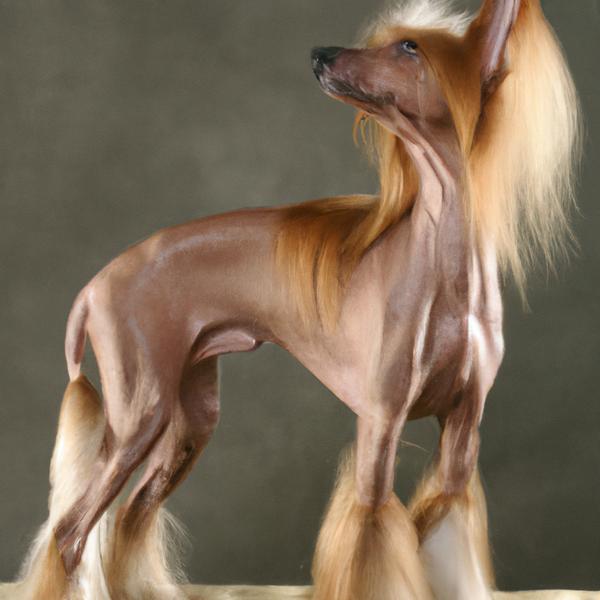Cosheltie vs. Crestoxie: Breed Differences and Similarities
Hypoallergenic
Are Coshelties or Crestoxies hypoallergenic, or neither?
Unfortunately, neither Cosheltie nor Crestoxie are hypoallergenic, which may not make them the best choice for dog lovers who suffer from pet allergies.
Temperament
What are the personalities of Cosheltie and Crestoxie dogs?
Playful
Protective
Intelligent
Friendly
Responsive
Docile
Affectionate
Obedient
Loyal
Lively
Gentle
Social
Elegant
Hard working
Herding
Playful
Stubborn
Happy
Alert
Courageous
Affectionate
Devoted
Lively
Tempered
Sweet
Clever
Shedding Level
Do Coshelties shed more than Crestoxies, or which breed sheds more, Coshelties or Crestoxies?
Coshelties are heavy shedders, but regular brushing can help manage shedding and promote a healthy coat.
Crestoxies shed very little hair, making them a great choice for those who dislike excess hair in the house.
Watchdog Ability
Which dog breed makes a better watchdog, the Cosheltie or Crestoxie?
Coshelties aren't great guard dogs; they tend to just watch without taking action.
Crestoxies make excellent watchdogs - they're vocal and protective of their territory.
Ancestry
What are the origins of Cosheltie and Crestoxie breeds?
Shetland Sheepdog, Collie
Chinese Crested, Dachshund
Date of Birth
When were Cosheltie and Crestoxie breeds first developed?
2001
Unknown
Litter Size
What is the usual litter size for Cosheltie and Crestoxie?
Cosheltie and Crestoxie, can have a litter of 4-8 puppies each on average. Nonetheless, it's important to keep in mind that litter size can differ significantly between individual dogs. Various factors such as the mother's health, breeding history, and genetics can have an impact on litter size.
Adaptability
Coshelties are highly adaptable and versatile, making them excellent companions for families and individuals of all lifestyles.
Crestoxies are known for their adaptability and can adjust well to different environments and lifestyle changes.
Health Issues
Between Cosheltie and Crestoxie, which breed is more prone to health problems?
Cosheltie and Crestoxie breeds are generally considered to be healthy. However, like all breeds, they are susceptible to certain health issues and it is important to keep an eye out for them and address them with your veterinarian as needed.
Major Concerns
What are the major health concerns for Cosheltie and Crestoxie breeds?
Deafness
Von Willebrand's Disease
Patent Ductus Arteriosus
Collie Eye Anomaly (CEA)
Intervertebral Disc Disease
Allergies
Eye Problems
Acanthosis Nigricans
Ehlers-Danlos Syndrome
Minor Concerns
What minor health issues should be kept in mind when owning Cosheltie and Crestoxie?
Progressive Retinal Atrophy
Cataracts
Hip Dysplasia
Deafness
Urolithiasis
Occasional Tests
What occasional tests are recommended for Cosheltie and Crestoxie breeds?
X-Rays
MRI
CT Scan
Eye Examination
Ultrasound
Urinalysis
Blood Tests
Eye
Spine
X-Rays
Eye Examination
Skin Evaluation
Energy
How do the energy levels of Coshelties and Crestoxies compare?
Coshelties' high energy levels make them unsuitable for a low-key dog, choose accordingly.
Crestoxies are a good choice for a low-key lifestyle due to their low energy levels.
Social Needs
Cosheltie vs Crestoxie social needs comparison
Cosheltie and Crestoxie have very high social needs. These needs include regular mental and physical stimulation, a job or purpose, and companionship. They thrive in environments where they have a lot of interaction with humans and other dogs.
Exercise Needed
Cosheltie vs Crestoxie exercise need comparison.
Coshelties need moderate physical activity and are great for families and active individuals.
Crestoxies need only a small amount of physical activity, ideal for busy or elderly people or those with limited space.
Sleeping Need
Which of the two sleeps the most/least: Cosheltie or Crestoxie?
Coshelties have moderate energy levels and typical sleep patterns of 12-14 hours per day.
Crestoxies are known for their relaxed and calm nature and enjoy long periods of sleep.
Tendency to Bark
Do Coshelties or Crestoxies bark more/less frequently?
Coshelties bark moderately when necessary and may also bark due to certain triggers like fear, alarm, boredom, greeting, separation anxiety and compulsive barking.
The Crestoxie is a vocal breed that frequently barks and howls, and may not be suitable for those seeking a quiet companion.
Mouthiness
Mouthiness Comparison: Cosheltie vs Crestoxie?
Roaming urge
Cosheltie vs Labrador: Running away tendency?
Prey Drive
Cosheltie or Crestoxie - which breed has a higher level of prey drive?
Tolerance of being left alone
Grooming
Which breed is easier to maintain in terms of grooming, Coshelties or Crestoxies?
Coshelties have high grooming needs, requiring regular trims and professional grooming assistance to keep their coat healthy.
The Crestoxie requires an average amount of grooming compared to other breeds.
Intelligence
Comparing Intelligence: Coshelties vs Crestoxies
Cosheltie is highly intelligent and very trainable.
Crestoxies are average in obedience intelligence but have a high IQ and may cause trouble if left unsupervised.
Sensitivity Level
How do Cosheltie and Crestoxie compare in sensitivity?
These dog breeds are particularly attuned to its environment and the emotions of those around it. Cosheltie and Crestoxie can be easily overwhelmed by loud noises, new environments, unfamiliar people, or animals. This dog breed is best suited for individuals or families who are patient, gentle, and understanding of its sensitive nature. It may also benefit from a calm and stable home environment, with a consistent routine and plenty of positive reinforcement training.
Affection Dependance
Which is the more affectionate dog breed: Cosheltie vs Crestoxie?
Apartment Friendly
Which breed is more apartment-friendly: Cosheltie or Crestoxie?
Coshelties are good apartment dogs as long as they get enough exercise and stimulation outside of the apartment.
Crestoxies make excellent apartment dogs, being fairly active indoors and not requiring a yard.
Child Friendly
Do Coshelties or Crestoxies have a friendlier temperament towards children?
Coshelties make excellent family pets for kids due to their gentle, protective nature and calm temperament.
Crestoxies have an average level of friendliness towards children.
Senior-friendly
Which dog is more suitable as a pet for the elderly - Cosheltie or Crestoxie?
Cat Friendly
Do Cosheltie or Crestoxie breeds have a better compatibility with cats?
Coshelties are very friendly with cats and make great companions for them.
Crestoxies are good with cats, but early training is needed to prevent chasing behavior.
Dog Friendly
Which breed is more sociable with other dogs: Cosheltie or Crestoxie?
Coshelties are friendly and active companions, and can be good family pets, though their friendliness towards other dogs may vary.
Crestoxies are average in their friendliness towards other dogs, and socialization can help.
Pet friendly
How do Cosheltie or Crestoxie dogs interact with other pets?
Stranger Friendly
Which breed is more friendly with strangers: Cosheltie or Crestoxie?
Cosheltie and Crestoxie are average friendly around strangers. They can be wary around strangers and a little standoffish, so early socialization is key to ensure they are comfortable around new people.
Playfulness
Which breed is more playful between Cosheltie and Crestoxie?
Coshelties are a playful breed that needs daily playtime to be happy.
Crestoxies have an average level of playfulness, enjoying playtime like most dogs but not excessively so.
Trainability
How do the trainability levels of Coshelties and Crestoxies compare?
Cosheltie and Crestoxie dogs are known for their ease of training and ability to learn quickly, making them a popular choice for pet owners and trainers alike.
Compare Cosheltie with other breeds
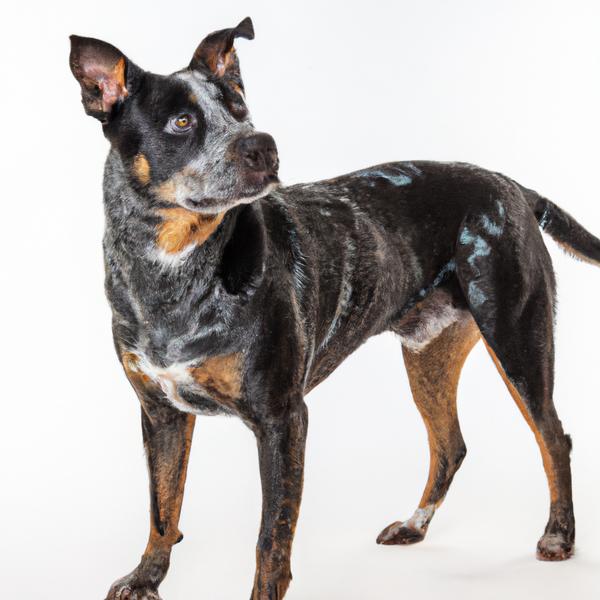
Pit Heeler
Cosheltie vs Pit Heeler
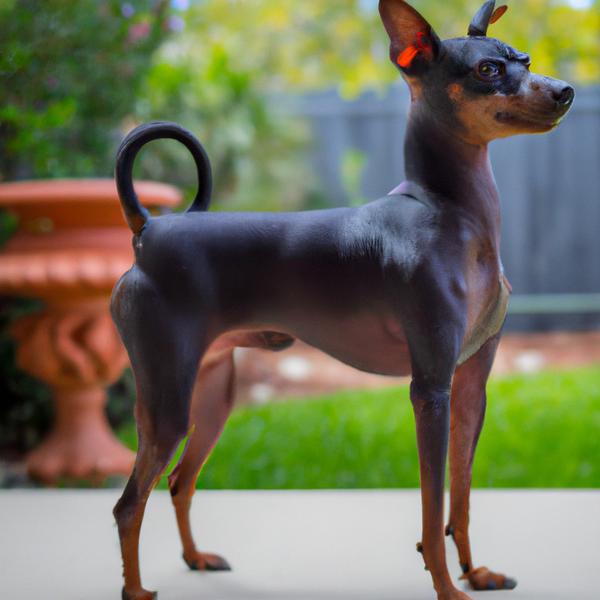
Italian Grey Min Pin
Cosheltie vs Italian Grey Min Pin
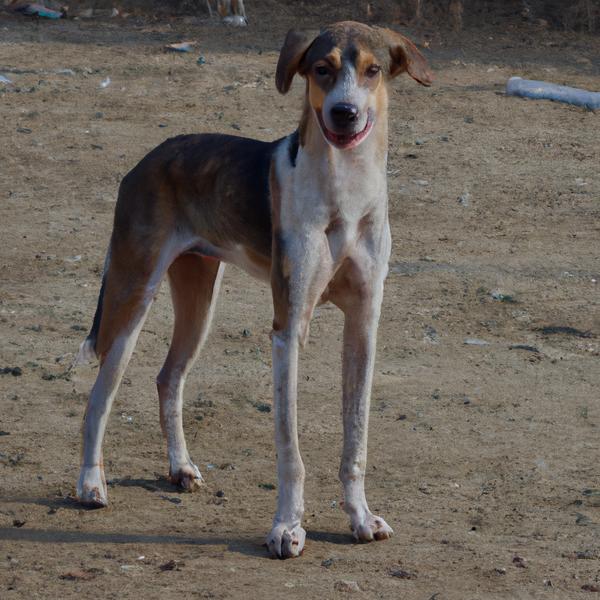
Cairoston
Cosheltie vs Cairoston
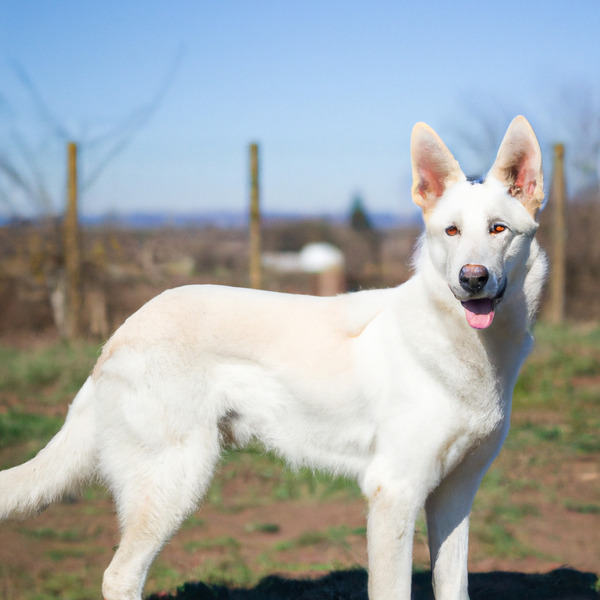
White Shepherd
Cosheltie vs White Shepherd
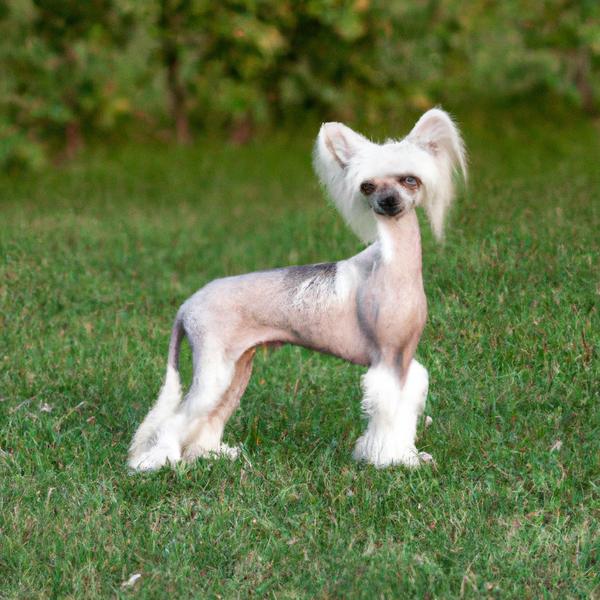
Chinese Crestese
Cosheltie vs Chinese Crestese
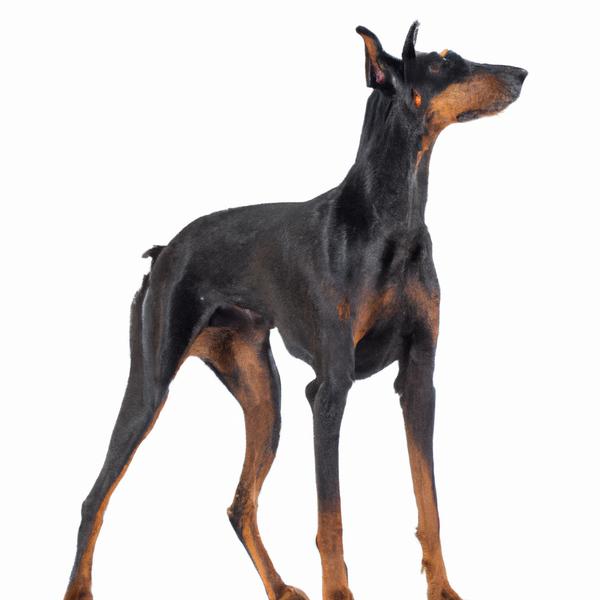
Doberman Greyhound
Cosheltie vs Doberman Greyhound

Beagle
Cosheltie vs Beagle
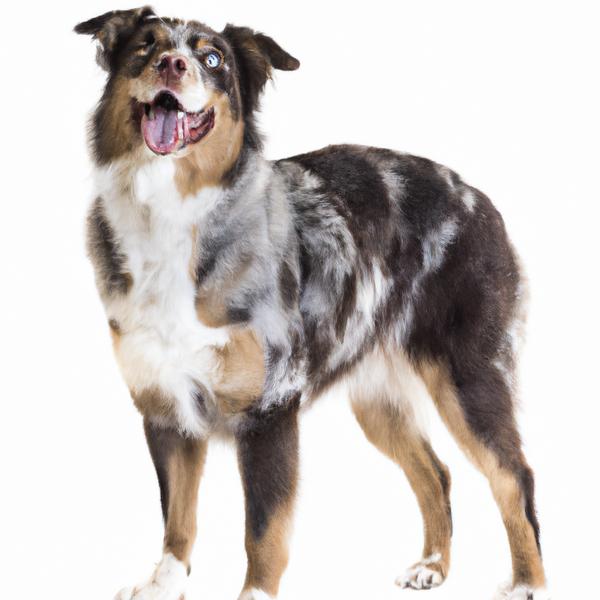
Austi-Pap
Cosheltie vs Austi-Pap
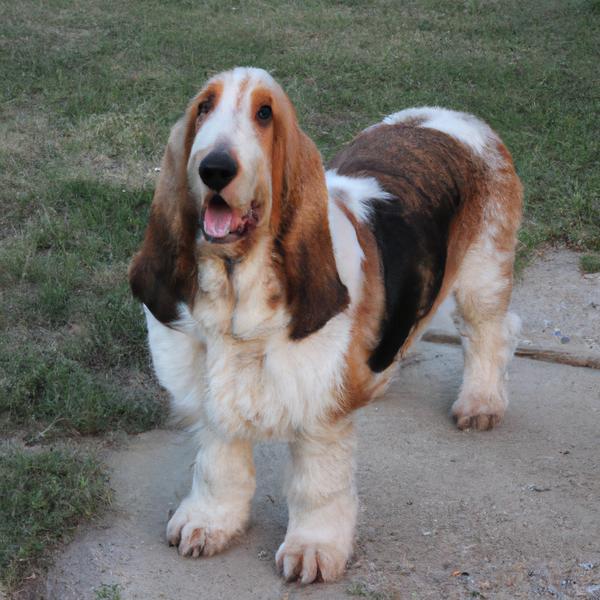
Bassetoodle
Cosheltie vs Bassetoodle
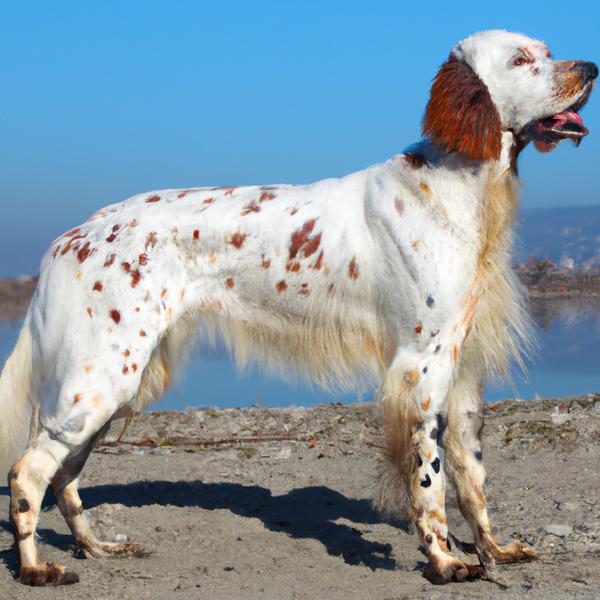
English Setter
Cosheltie vs English Setter
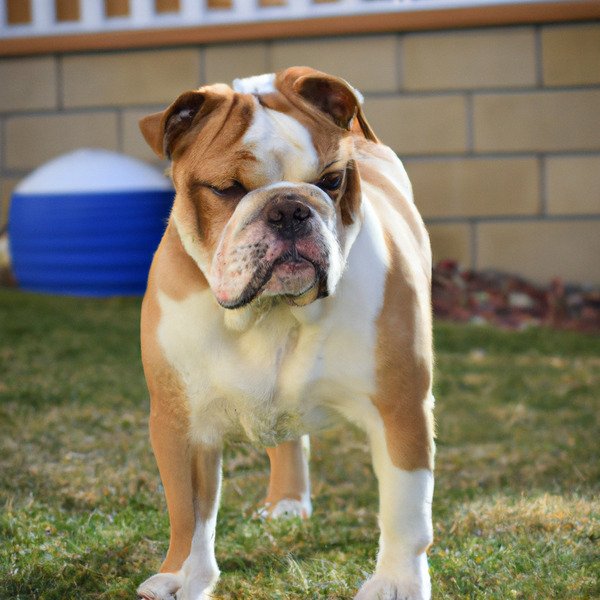
Buggs
Cosheltie vs Buggs
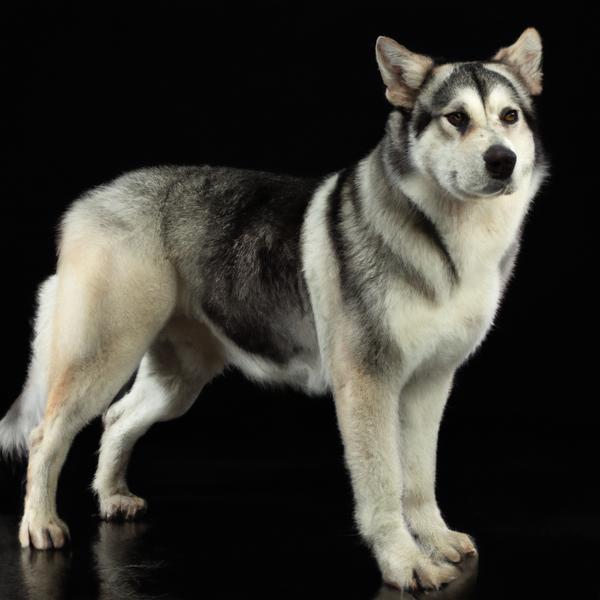
Norjack
Cosheltie vs Norjack
